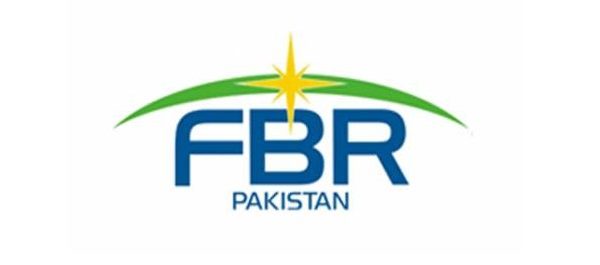Islamabad: The Federal Board of Revenue (FBR) has approved a new Audit Policy 2017 for the Tax Year 2016 for the selection of taxpayers for audit, according to a news report. In March, the Lahore High Court had set aside the previous audit policy due to transparency concerns in the selection of cases. The ruling was that the audit policy cannot be put into effect until the FBR frames risk parameters for the selection of audit candidates. The petition had stated this will give unfettered power to the officials.
The new audit policy is compatible with the law and has been prepared while keeping in mind the court’s directives, stated FBR Spokesman Dr Mohammad Iqbal. He detailed that the risk parameters for selection of audit cases of sales tax and federal excise duty have been revealed by FBR under the new audit policy. They have not been disclosed for income tax, however, since Income Tax Ordinance bars that.
According to the details, a case, once selected for audit through ballot, will not be selected for the next two tax years under section 214C, section 72B of the Sales Tax Act 1990 and 42B of the Federal Excise Act 2005.
The computer balloting for this purpose will be conducted on Thursday on a parametric basis for the selection of 7.5% cases for audit out of total filers. All previously selected cases would be excluded from this balloting. Salaried persons will also not be audited except in cases where the salary exceeds 50% of the minimum taxable income.
For sales tax audit cases, the FBR’s criteria is a taxpayer who shows 10% year-on-year decline in value-addition of the goods produced and shows a consistent decrease in output as well as input tax ratio over the last three years. Moreover, a decrease in ratio of taxable supplies to total supplies by 10% or more as compared to previous year will also result in selection for audit.
A 10% reduction in value addition in manufacturing, more than 30% purchases from “unregistered persons” or more than 30% sales to “unregistered persons” will also result in picking a case for the audit.
The other risk parameters include increase in carry forward of input tax and reduction in sales by a margin of 10%. The risk parameters for the federal excise duties are also similar.








